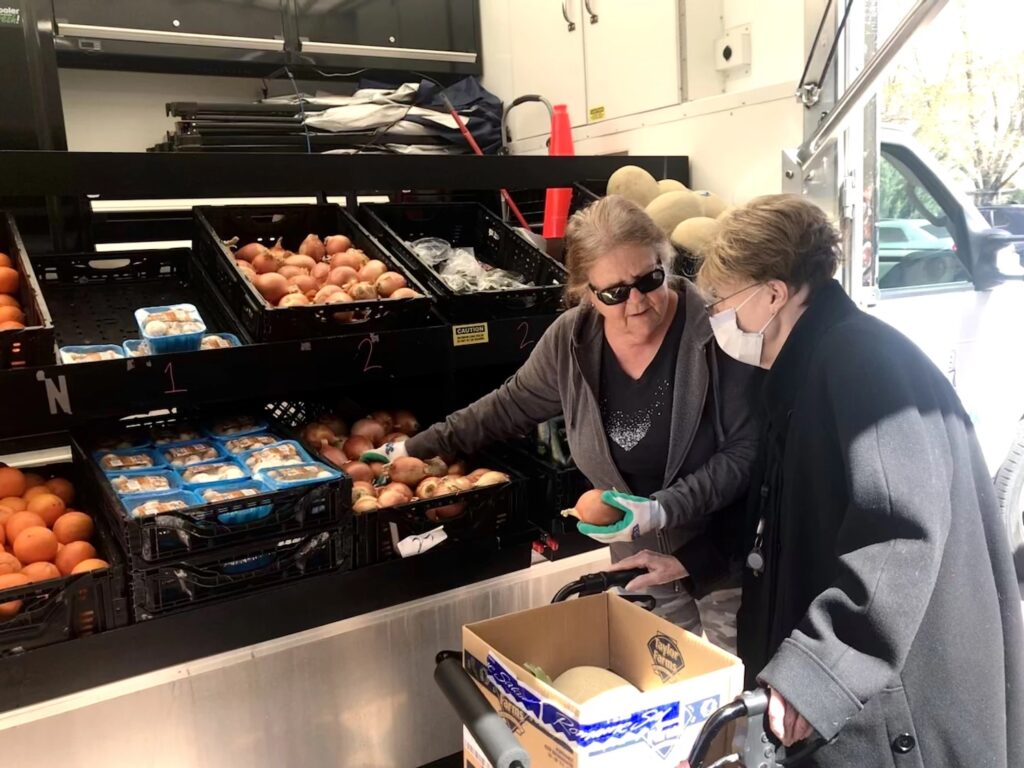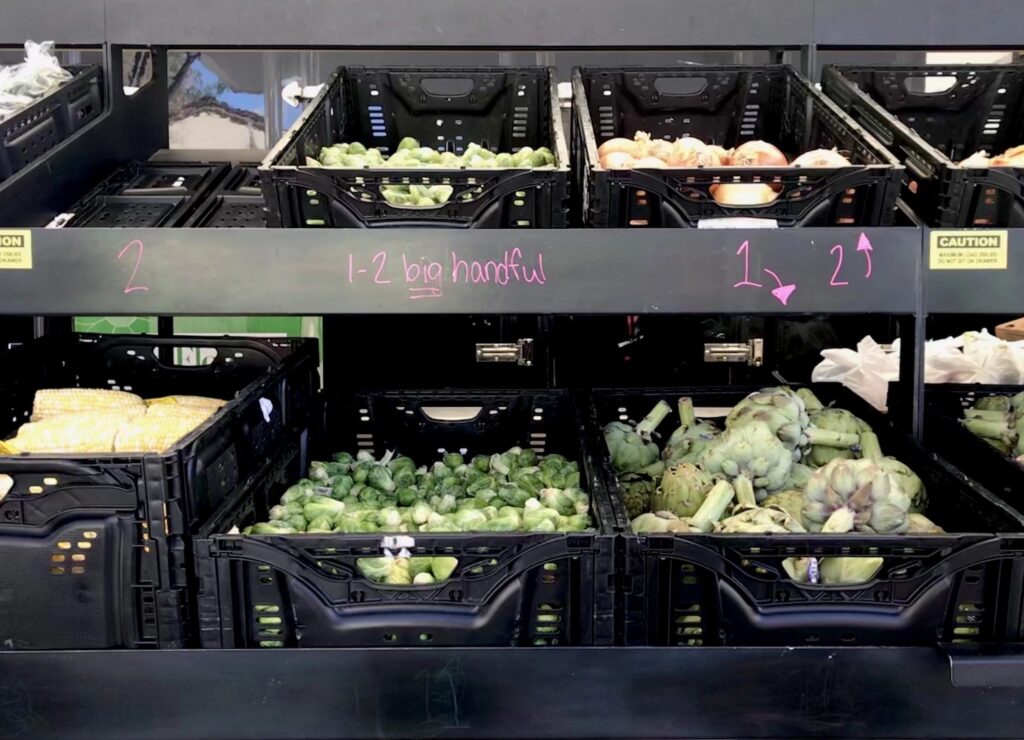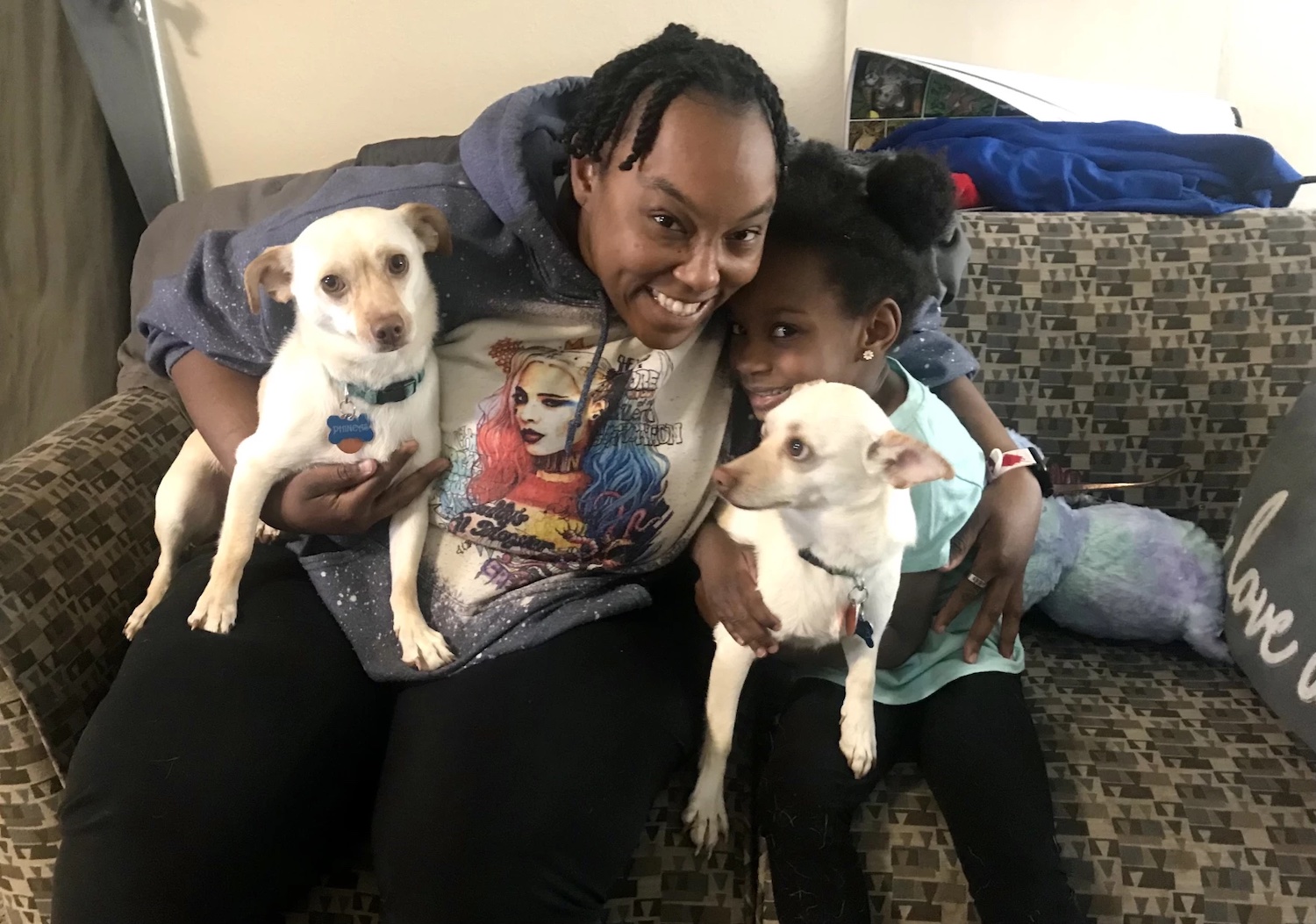Staff with the Food Bank of Northern Nevada predicted food insecurity would spike after extra SNAP benefits ended in March. Now, they’re looking to lawmakers for relief.
On a recent afternoon after pre-school let out, Lanikah Edwards was making lunch for her 5-year-old daughter, Laryiah.
Their kitchen cupboards are stocked with shelf-stable food, like canned vegetables and SpaghettiOs. Laryiah is tall for her age, energetic and outgoing. She asked her mom for her favorite kind of pasta – meatball ravioli – and then danced around the kitchen with anticipation.
“For the past month, we’ve kind of just been dealing with canned goods,” Edwards explained as she warmed up the noodles. “Coming across meats, like chicken, beef and things like that, it’s kind of hard for us.”
Back in January, staff with the Food Bank of Northern Nevada warned that a pandemic-era program sending extra support to food stamp recipients was going to end in March. Now that those expanded benefits have dried up, they’re seeing more demand than ever.
Edwards works full time as a medical scheduler. Costs of living in Reno are so high, she relies on SNAP benefits – also known as food stamps – to feed her family. But lately, they haven’t been going as far as they used to.
“They dropped me, and now it’s kind of just like, getting it where I can,” she said. “My church, local food banks, pantries, Facebook groups. Just anyone willing to help.”

Bert Johnson/KUNR Public Radio
During the COVID public health emergency, federal lawmakers approved additional SNAP payments to keep people afloat. Edwards said that for three years, she didn’t have to worry about being able to afford nutritious food – until the extra benefits expired.
According to Elizabeth Cuna Zavala, who leads bilingual SNAP outreach for the Food Bank of Northern Nevada, many local residents are in a similar jam.
“Food prices increasing, rent increases, just general expenses being so high… a lot of people have started to rely on food pantries and food bank programs,” she said.
Before the pandemic, the food bank served an average of about 90,000 people every month. But so far this year, there have been months where they served more than 140,000 clients.
Of the people the food bank helps with SNAP, 26.8 percent identify as Latino. Cuna Zavala explained that many of them primarily speak Spanish – and because it can be hard to find information on SNAP in languages other than English, the reduction in payments caught those clients off guard.
“There’s just a lot of confusion and worry that they did something wrong, because of that benefit drop,” Cuna Zavala explained.
But the end of the SNAP expansion affected seniors most of all. Many of them lost up to 90% of their monthly benefits, according to Cuna Zavala. The food bank serves older residents with a program called Produce on Wheels, which delivers fresh fruits and vegetables around the region in a specially-built food truck.
Maria Medina is one of the seniors who relies on the food bank to bridge the gap between her reduced SNAP allotment and rising costs.
“Now, the [food] stamps give me $13,” she said in Spanish. “And that doesn’t help anything.”
Medina lives in a South Reno senior housing development where the Produce on Wheels truck shows up twice a month. During a recent distribution event there, the vibe was a lot like a farmer’s market in spite of a late-season chill.
That day, the food truck’s shelves were loaded with artichokes, oranges, onions and zucchini. Medina explained this kind of food would be outside her budget if it weren’t for the food bank.

“You’re going to buy an onion? One dollar,” she said. “This [artichoke], almost $4. And these zucchinis – everything’s very expensive.”
Meanwhile, growing demand is putting food bank resources to the test.
Food insecurity was already on the rise before the pandemic, said Jocelyn Lantrip, director of marketing for the food bank. But now the problem is even more widespread.
“We’re just seeing the numbers creep up every single month,” she said.
Just like its clients, the food bank isn’t immune from inflation. Higher prices mean donations are down, too.
So lawmakers are considering a bill that would send $2 million to the Food Bank of Northern Nevada over the next two years. Three Square, a food bank in Clark County, would get the same amount.
It’s the first time the food bank has asked the state legislature for money.
“Before that, state funding isn’t something that we generally would have,” Lantrip said. “This is a new opportunity for us. We’re pretty excited about it.”
An unexpected budget windfall of $251 million, announced by the nonpartisan Economic Forum in early May, could give food bank funding a better chance of being approved.
Meanwhile, Lanikah Edwards and her family are looking to move away from Reno – hopefully to a place where her paycheck could last a little longer.
“It’s time to go,” she said. “Hopefully within the next year or two, we’ll be moving on.”
Nevada residents can find out if they qualify for SNAP benefits and apply online at the Access Nevada website. For assistance completing a SNAP application, or information on getting access to food resources, visit the Food Bank of Northern Nevada’s website.
This article, which was shared with Noticiero Móvil, was reported by Bert Johnson of KUNR Public Radio originally published on May 24.
